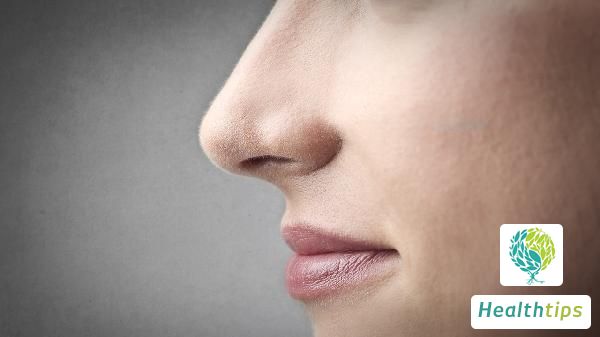What Are the Hazards of Tophus?
Tophi Formation and Its Hazards

Tophi are formed by the deposition of crystals resulting from chronic hyperuricemia in joints, tendons, and other locations. Their hazards encompass several aspects, including aesthetic impairment, pain and discomfort, joint structure damage, and renal complications.
1. Aesthetic Impairment
Tophi can develop in various parts of the body, such as the auricle, interphalangeal spaces, elbows, knees, Achilles tendons, the base of the first metacarpal bone in the hand, and the dorsum of the foot. They appear as yellow-white nodules of varying sizes, and in severe cases, can cover entire joints, affecting appearance.
2. Pain and Discomfort
When tophi compress surrounding tissues, patients experience severe pain accompanied by redness, swelling, and heat. If tophi grow within joints, they can lead to joint deformities and limited mobility.
3. Joint Structure Damage
As the disease progresses, tophi gradually enlarge, compressing surrounding soft tissues and causing joint deformation. If tophi persist and continue to grow, they may result in the loss of joint function.
4. Renal Complications
In some patients, tophi may persist in the kidneys, leading to the development of kidney stones, ureteral stones, and even increasing the risk of renal failure.
It is recommended that gout patients seek medical attention promptly and undergo standardized treatment under the guidance of a physician to avoid disease progression. In daily life, maintaining a low-purine diet by avoiding high-purine foods like animal liver and seafood is essential. Additionally, drinking plenty of water to promote uric acid excretion is also important.



















